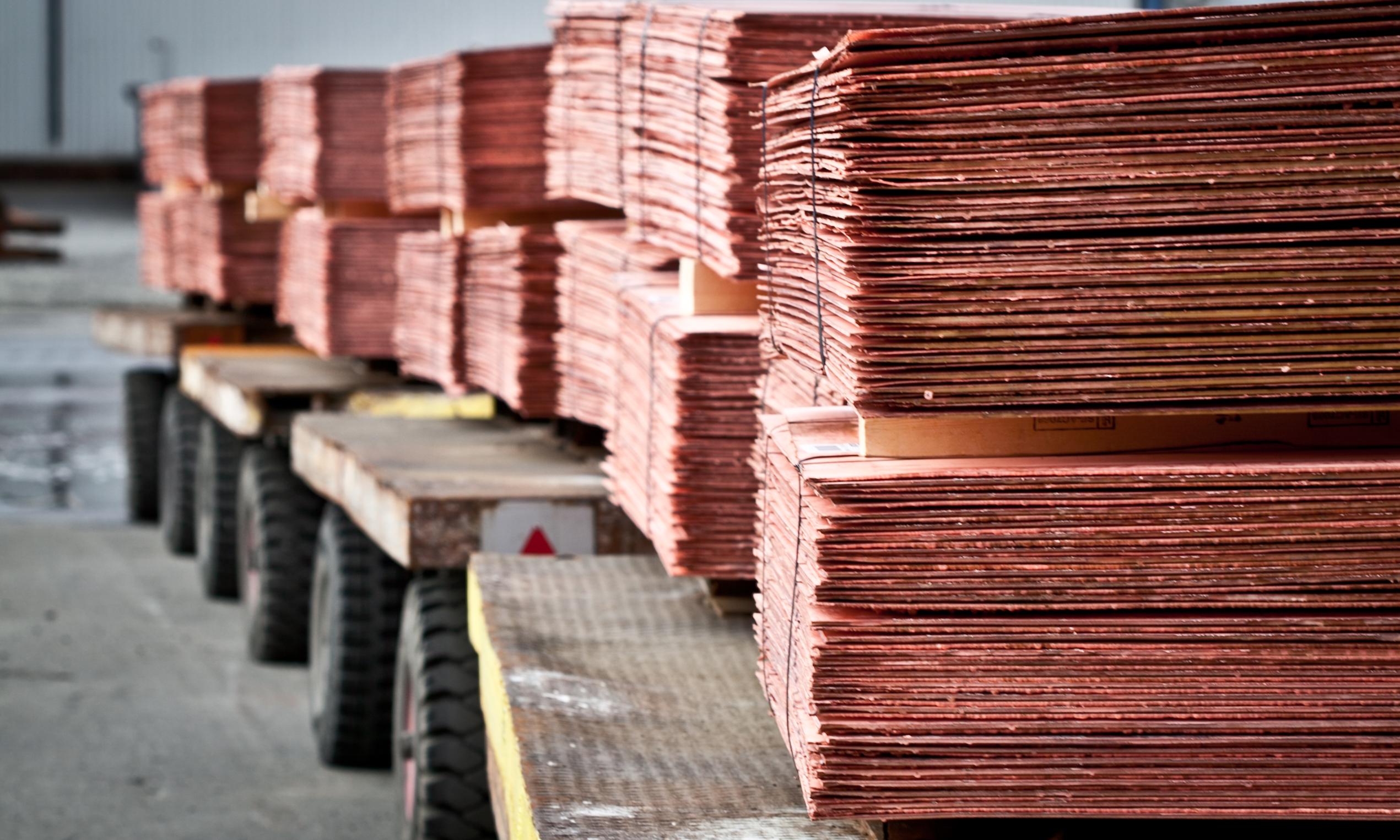
Iran Steps Up Talks on FDI in Mining Sector

"IMIDRO recently held talks with Rio Tinto in Berlin on the possibility of new investments in Iran's aluminium, steel, copper and gold industries," Mehdi Karbasian also said in Berlin, after opening an Iran-Europe Business Center on Tuesday, S&P Global Platts, a UK-based provider of energy and commodities information and a source of benchmark price assessments in the physical energy markets, reported.
"Two weeks ago, top executives of Glencore, Trafigura and Aurubis participated in a meeting in Hamburg to discuss cooperation in the Iranian copper industry," Karbasian said.
"Glencore and China's NFC already have business agreements to help develop Iran's copper industry," Karbasian said earlier this year.
"Iran hopes to raise its copper concentrate output to as much as 2 million tons a year by 2025 in conjunction with partners, from some 200,000 tons/year at present, as part of a national development plan."
According to IMIDRO, Iran’s copper reserves account for 4% of the world’s total or roughly 2.6 billion tons and the country's production represents 75% of the total for the Middle East.
National Iranian Copper Industries Company is listed on Tehran Stock Exchange and is the country's top non-oil exporter.
Iran is also targeting aluminium production of 1.6 million tons/year in 2025, from 400,000 tons/year at present.
In March, IMIDRO signed a memorandum of understanding with China's Sinosteel Corporation to establish in Iran a 1.6-ton/year primary aluminium smelter, together with a 350,000-ton/year alumina production plant and a supporting power plant.
Karbasian said IMIDRO has also held talks with Indian aluminium producer Nalco and in the coming days will host representatives from a group of Australian mining companies.
The country is also a leading lead and zinc producer and ranks number four in Asia behind China, Kazakhstan and India in terms of production. Iran's zinc reserves are the world's largest.
There are only 15 operating gold mines in Iran, but expansion of precious metal mining received a boost in November 2014 with the commissioning of the Middle East's largest gold processing plant at the Zarshouran mine in West Azarbaijan Province to boost production from less than 30,000 oz to over 200,000 oz per year.
The discovery of two large coal and iron ore deposits in the Lut Desert in central Iran was announced by the Ministry of Industries and Mining and Trade last year.
The country is the fourth biggest supplier of iron ore to China, shipping some 15–20 million tons annually from the domestic production of 45 million tons.
"The push to boost mining in Iran is part of the country's efforts to achieve a targeted 8% economic growth rate," Karbasian said.
Growth has been low in recent years due to the impact of economic sanctions, some of which were lifted in January.
"To achieve an 8% economic growth for the country, we need $50 billion each year from foreign investors. We try our best to open up the way," he added while referring to efforts to minimize bureaucracy.
Karbasian said IMIDRO will present some of its mining projects to potential foreign investors at a mining summit in Tehran in July.
Mining represents 0.7% of Iran's GDP and the goal of the national development plan is to lift that to 4%.
Iran is currently the world’s 15th biggest mineral-rich country, holding more than 7% of global mineral reserves worth over $700 billion.
Mineral experts believe the country could easily become one of the world’s top 10, as only about one-seventh of its area has been explored so far despite the sector’s great untapped potential.


Trump weighs using $2 billion in CHIPS Act funding for critical minerals

Codelco cuts 2025 copper forecast after El Teniente mine collapse

Electra converts debt, launches $30M raise to jumpstart stalled cobalt refinery

Barrick’s Reko Diq in line for $410M ADB backing

Abcourt readies Sleeping Giant mill to pour first gold since 2014

Nevada army depot to serve as base for first US strategic minerals stockpile

SQM boosts lithium supply plans as prices flick higher

Viridis unveils 200Mt initial reserve for Brazil rare earth project

Tailings could meet much of US critical mineral demand – study

Kyrgyzstan kicks off underground gold mining at Kumtor

Kyrgyzstan kicks off underground gold mining at Kumtor

KoBold Metals granted lithium exploration rights in Congo

Freeport Indonesia to wrap up Gresik plant repairs by early September

Energy Fuels soars on Vulcan Elements partnership

Northern Dynasty sticks to proposal in battle to lift Pebble mine veto

Giustra-backed mining firm teams up with informal miners in Colombia

Critical Metals signs agreement to supply rare earth to US government-funded facility

China extends rare earth controls to imported material

Galan Lithium proceeds with $13M financing for Argentina project

Kyrgyzstan kicks off underground gold mining at Kumtor

Freeport Indonesia to wrap up Gresik plant repairs by early September

Energy Fuels soars on Vulcan Elements partnership

Northern Dynasty sticks to proposal in battle to lift Pebble mine veto

Giustra-backed mining firm teams up with informal miners in Colombia

Critical Metals signs agreement to supply rare earth to US government-funded facility

China extends rare earth controls to imported material

Galan Lithium proceeds with $13M financing for Argentina project

Silver price touches $39 as market weighs rate cut outlook

















